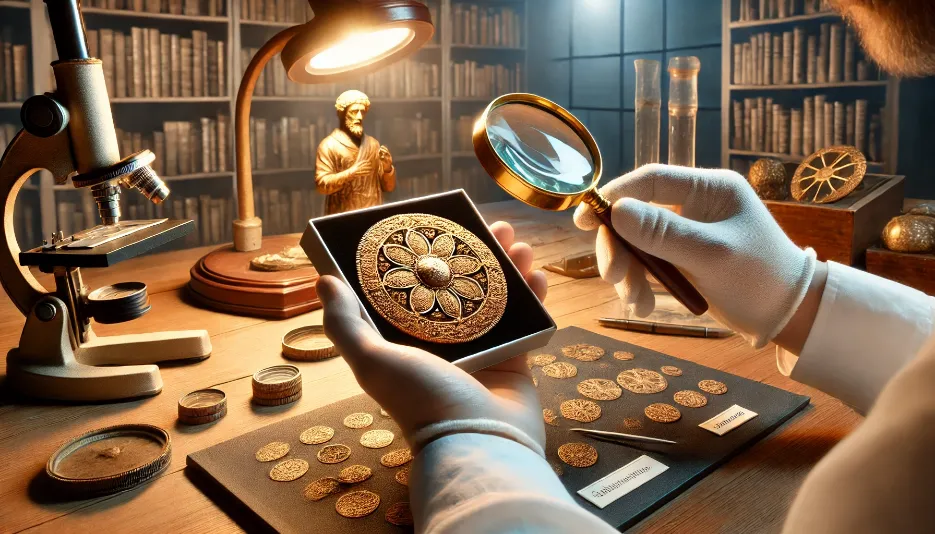With so many artifacts available, how do you tell the real ones from the fakes? Whether you're buying from an online store or an auction, knowing how to identify genuine antiquities is crucial. Here are some simple steps to help you spot the real deal.
- Look for Natural Aging Signs
Real antiquities show signs of aging that are hard to fake. Check for:
- Surface Patina: A thin layer that forms on metals, pottery, or stone over time. For example, ancient bronze develops a greenish patina.
- Wear and Tear: Areas that would have been handled often, like edges and handles, should show smooth wear.
- Material Degradation: Organic materials like wood or fabric will show natural cracking or brittleness.
If the artifact looks brand new, it might be a modern reproduction.
- Examine the Craftsmanship
Ancient artifacts were handcrafted, which means they often have small imperfections.
- Tool Marks: Genuine artifacts may have marks from ancient tools, while modern replicas are too smooth.
- Asymmetry: Unlike machine-made items, ancient objects are rarely perfectly symmetrical.
Pro Tip: Use a magnifying glass to spot tiny tool marks or irregularities.
- Trust the Right Sellers
Only buy from reputable dealers. Here's what to check:
- Credentials: Look for affiliations with professional organizations like IADAA.
- Transparency: Genuine sellers will provide detailed provenance and allow independent verification.
- Customer Feedback: Look for consistent positive reviews on third-party platforms.
Be wary of sellers who pressure you or offer deals that seem too good to be true.
- Insist on Scientific Testing
When in doubt, request scientific testing to confirm an artifact's age and materials. Common tests include:
- Carbon Dating: Determines the age of organic materials.
- Thermoluminescence: Measures the last time ceramics or pottery were heated.
Always ask for a certificate from a recognized testing lab.
- Cross-Check with Reliable Sources
Compare your potential purchase with similar items in trusted collections:
- Museum Websites: Institutions like the British Museum have online catalogs for comparison.
- Artifact Databases: Use platforms like the Art Loss Register to check if an artifact is reported stolen.
- Know Common Forgery Tricks
Fraudsters use specific methods to create convincing fakes. Watch for:
- Artificial Aging: Chemicals are sometimes used to fake patina.
- Composite Pieces: Some fakes are made by combining fragments from different eras.
- Overly Detailed Stories: A suspiciously detailed origin story may be fabricated.
Final Thoughts
Spotting genuine artifacts in a crowded market takes knowledge and caution. Always research thoroughly, request documentation, and seek expert opinions when needed. By staying vigilant, you can build a collection of authentic, valuable pieces that connect you to the ancient world.
Ready to discover authentic antiquities? Browse our curated collection of genuine historical artifacts today!

